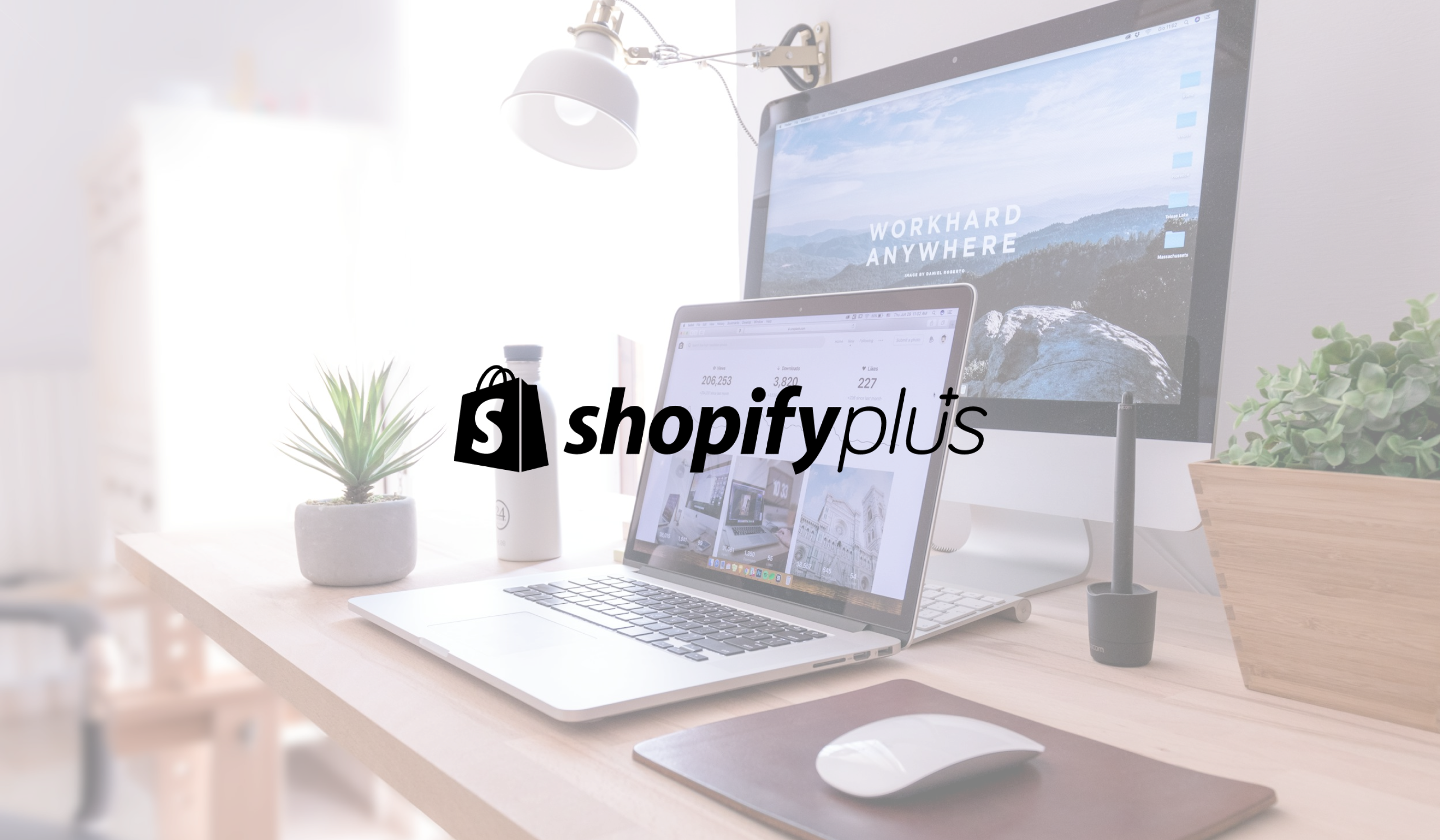The Future of E-Commerce: 11 Trends to Watch in 2025
As we speed into 2025, the e-commerce landscape continues to evolve at breakneck speed. At 30Acres, we’ve been keeping a close eye on the trends shaping the industry. From the dominance of TikTok-loving Gen Zers to the rise of AR shopping, the future is equal parts exciting and challenging. Here’s our take on what’s coming and how to gear up.
1. Gen Z Will Rule the Shopping World
Gen Z isn’t just scrolling TikTok for dance trends and memes; they’re shopping. And not in a casual, “add it to cart and forget” kind of way. They’re highly engaged, deliberate buyers who have rewired the e-commerce playbook.
Born into a digital-first world, this generation spends a good chunk of their time on platforms like Instagram, Snapchat, and TikTok. But here’s the kicker: they’re not clicking on traditional ads or banners. They’re buying directly through links shared by influencers and creators who feel authentic. It’s less about big-budget productions and more about “I trust this person, and they swear by this product.”
The numbers back it up:
- 60% of Gen Z consumers have made purchases through social media platforms (StitcherAds Social Media Study).
- They’re looking for recommendations that feel real – think unpolished, relatable, and honest.
- Traditional ads? No thanks! They swipe past those faster than you can say “engagement.”
For brands, this means keeping up with their habits or risking irrelevance. Gen Z is here for connection, authenticity, and brands that align with their values.

Shop directly on your social media platform
2. Retaining Brand Loyalty in Tough Times
Retaining brand loyalty is increasingly challenging in today’s economic climate. Shoppers are more price-conscious than ever, with 40% of customers reportedly switching retailers in search of better deals. Despite this, there are strategies that can help brands hold onto their most valuable customers.
Rewarding loyalty is a great place to start, whether through exclusive discounts, points systems, or early access to products. Personalisation is another key tactic—using customer data to tailor offers and experiences makes shoppers feel valued and understood. Tools like Klaviyo’s CDP Advanced Analytics make it easier to implement RFM (Recency, Frequency, Monetary) segmentation strategies, enabling brands to identify their highest-value customers and craft experiences that keep them coming back.
As competition intensifies in 2025, brands that prioritise loyalty over constant acquisition will be the ones that stand out. Customers want to feel a connection, and investing in those relationships is what will make the difference.

Mukti - Showcasing how their customers can earn points in their loyalty program
3. Personalisation vs. Privacy: The Balancing Act
We all love a personalised shopping experience, but no one wants to feel like Big Brother is watching. Consumers are over “accept all cookies” pop-ups and are demanding more transparency.
Here’s the sweet spot:
- 59% of people are happy to share data if they know exactly how it’s being used.
- Brands that rely on first-party data are crushing it by delivering better customer experiences while respecting privacy concerns.
Pro tip: Be transparent, build trust, and keep it personalised – but not creepy.
4. Create a Customer Experience where every single touchpoint counts
In 2025, customer experience (CX) isn’t just a nice-to-have; it’s the deciding factor between earning loyalty and losing a sale. With endless options available, consumers expect seamless, personalised journeys tailored to their needs at every step. This means meeting – or better yet, exceeding – their expectations from the moment they land on your site to the follow-up after they’ve clicked “buy.”
But CX isn’t just about flashy design or catchy copy. It’s the entire journey:
- Browsing: Is your site intuitive, fast, and visually appealing? Can customers easily find what they’re looking for?
- Buying: Are your payment options convenient? Does the checkout process feel effortless, or is it a frustrating maze of steps?
- Post-Purchase: Do you follow up with responsive, friendly support if something goes wrong? Do you offer easy returns and accessible order tracking?
Every single touchpoint counts. A slightly delayed load time, an unhelpful chatbot, or even a confusing product description can send your customers straight to a competitor – and they won’t think twice.
With the right tools and partners, creating a seamless customer experience is simple. Klaviyo helps you personalise every interaction, while Gorgias ensures your support is always responsive and effortless—turning every touchpoint into an opportunity to impress.

Gorgias - AI-Powered CX
5. AI across the entire journey
This probably doesn’t come as a surprise to anyone, but we’re not talking ChatGPT. AI isn’t just a buzzword anymore—it’s reshaping the way e-commerce operates. From backend efficiencies to customer-facing interactions, the potential is enormous. Here’s what’s trending:
- Personalised Product Recommendations: Tools like Rebuy use AI to suggest products tailored to individual customers, boosting cart sizes and conversions.
- Smarter Customer Support: Platforms like Gorgias are leveraging AI to search company documentation and resolve customer queries instantly, lightening the load on human customer service teams.
- Search that Understands You: Advanced solutions like Searchspring and Algolia are driving smart search functionality, delivering hyper-relevant results that anticipate what customers are looking for.
- Inventory Management and Forecasting: AI helps businesses predict demand more accurately, reducing overstock or stockouts and optimising supply chains.
6. Augmented Reality: It simply bridges the gap
Shopping with AR isn’t just cool; it’s quickly becoming what shoppers expect. Imagine this: a customer uses their phone to see how a sofa would look in their living room, whether it fits the space, and even if the colour complements their rug. Or they try on a pair of glasses virtually, avoiding the awkward gamble of “Will this actually suit my face?”
For brands, AR isn’t just a novelty – it’s a serious conversion booster. Why? Because it bridges the gap between the digital and physical shopping experience. It gives customers confidence in their purchases, reducing hesitation and, crucially, lowering return rates. When shoppers can “try before they buy” from the comfort of their couch, they’re far more likely to hit that checkout button.
Why AR is a Game-Changer:
- Immersive and Interactive: AR doesn’t just let customers browse; it lets them experience. That extra layer of engagement leaves a lasting impression.
- Personalised Shopping: It tailors the shopping experience to the individual, making them feel understood and catered to.
- Competitive Edge: Not all brands are on board yet. Adopting AR now could set you apart from the competition.

IKEA - Using Augmented Reality to help customers make decisions
7. Retail everywhere - Aim for a unified commerce
Today’s consumers don’t see shopping as separate experiences between your website, social media, or physical stores—they see it as one interconnected journey. They expect to move effortlessly between platforms and devices without a single hiccup, and if your brand can’t deliver that, they’ll move on to one that can.
Picture this: A customer scrolling through Instagram spots a product they love in your ad. They tap the link, add it to their cart on mobile, and later review it on their desktop at work. By the weekend, they head to your physical store to see the product in person and complete the purchase. It’s all seamless, connected, and hassle-free. That’s what omnichannel is all about—providing a unified experience, no matter where or how the customer interacts with your brand.
How to succeed in this area:
- Synchronise Your Systems: Ensure carts, wishlists, and customer profiles are accessible across all devices and platforms.
- Unify Messaging: Whether it’s an ad on social media or signage in-store, your branding and offers should feel consistent and connected.
- Streamline Support: Make sure your customer service team has visibility into interactions across all channels to offer personalised and efficient help.
Buzzwords like 'Omnichannel' and 'Unified Commerce' are thrown around all too readily. However Shopify's unified commerce operating system is the only platform that delivers on the promise of a single, consistent customer experience across all touch points. Sure, we're a little biased, but for good reason.
8. The Power of Video: More Than Just Advertising
Video has grown far beyond its role as a top-of-funnel advertising tool. On platforms like Meta and Google, video ads continue to drive awareness and engagement, but they’re now critical at every stage of the customer journey. Shoppable video content, powered by tools like Tolstoy, is transforming product showcases into interactive, actionable experiences right on a brand’s website.
Mid-funnel videos are equally important, serving as a way for brands to tell their stories and build emotional connections with their audience. This fosters trust and loyalty, which is crucial in a competitive marketplace. At the bottom of the funnel, product demos and tutorials help close the sale by addressing any remaining concerns and showing customers exactly what to expect. Whether it’s quick TikTok-style highlights or in-depth interactive videos, integrating video into your strategy is no longer optional—it’s a must-have.

Tolstoy - Shoppable Video & UGC
9. Sustainability Isn’t a Trend – It’s a Demand
Consumers are making eco-conscious decisions, and brands need to follow suit. From recyclable packaging to ethical sourcing, shoppers want to feel good about their purchases.
Sustainability isn’t just good for the planet; it’s proving to be a smart business move. A recent study by NielsenIQ and McKinsey revealed that consumers are willing to spend more on products backed by strong environmental, social, and governance (ESG) practices. Even better? Brands with ESG claims experienced 8% higher cumulative growth over the past five years compared to those without.
Going green? It’s good for the planet and the bottom line. Feeling overwhelmed with it all? Signing up for 1% Percent For The Planet is a meaningful place to start.
10. Emotional Connections Beat Low Prices
Winning against low-cost giants like Temu isn’t just about price—it's about heart. Emotional commerce is the key to standing out in a crowded market. By tapping into storytelling, fostering a strong brand identity, or engaging deeply with your community, you create meaningful bonds that go beyond transactions.
When customers feel connected to your brand, they’re not just buying a product—they’re buying into your story, your values, and your mission. This visceral loyalty keeps them coming back, even if someone else is offering a cheaper deal.
Let's get to the heart of the matter. What is your brand doing to build deep, emotional connections?
11. Convenient Payments Are a Must
Let’s face it: If checkout isn’t easy, customers will bounce. Nearly 60% of shoppers say payment options are a dealbreaker, and a whopping 65% of Gen Z will abandon their cart if their preferred method isn’t available.
So, offer everything from Apple Pay to BNPL (buy now, pay later). The easier you make it, the more likely customers are to hit “complete purchase.” Accelerated checkout Shop Pay from Shopify delivers as much as 50% better conversion than guest checkout. It's a no brainer.
Ready to Take on 2025?
At 30Acres, we’re all about helping e-commerce brands thrive in this ever-changing digital world. Whether you’re looking to embrace AR, fine-tune your CX, or build emotional connections with your audience, we’re here to help.
Here’s to staying ahead of the curve – and maybe having a little fun along the way!




Leave a comment
This site is protected by hCaptcha and the hCaptcha Privacy Policy and Terms of Service apply.